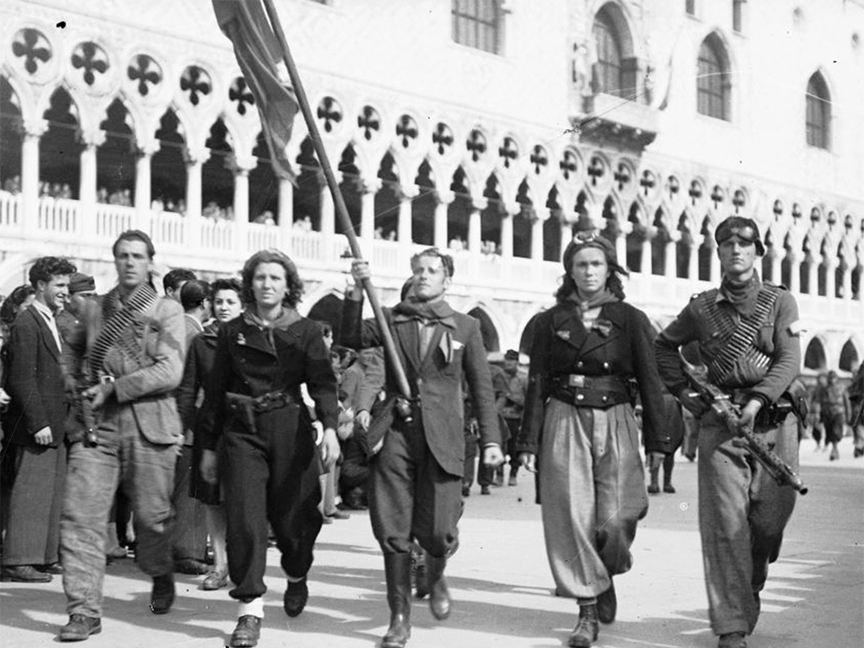 So many folks from across the world called to make sure we were alright following the rains that caused catastrophic flooding in Houston last week. Our heartfelt thanks goes out to all of them.
So many folks from across the world called to make sure we were alright following the rains that caused catastrophic flooding in Houston last week. Our heartfelt thanks goes out to all of them.
Our neck of the woods was spared by the rising waters. But RooRoo (aka Rusty), one of our two rescue dogs, had a really rough time of it. He’s terrified of the rain, thunder, and lightning. Understandable for a dog who was abandoned most likely after Hurricane Harvey and left to fend for himself.
He and I were awakened by thunder and lightning early Sunday morning and he wouldn’t leave my side until the storm subsided.
And that was when this song came to me. By 9 a.m. it was recorded and mixed.
That’s RooRoo on the right in the photo above, with our other dog Paco.
Whenever I comfort RooRoo during a tempest, I always remember that I’m only returning the favor. During the early closures of 2020, when we were still a single-income household and I barely knew how I was going to pay the rent and feed our family, he spent many a sleepless 3 a.m. faithfully by my side. He would look up at me with those wide eyes as the panic attacks came and went. He didn’t have to say the words: it’s going to be okay, daddy, we’ll get through this together.
And “he saved my life on a stormy Texas night.”
I hope you enjoy my love song to RooRoo. Lila Jane directed and edited the video. Thanks for listening. And thanks, again, to everyone who called to make sure we were alright.
He’s a sly boy
He’s a shy boy
He’s an apple of my eye boy
He’s a cry boy
He’s a sigh boy
He’s got no alibi boy
Once he saved my life
On a rainy Texas night
Cause he’s my boy
Cause he’s my boy
He’s a brown boy
He’s a clown boy
He’s a take me back to town boy
He’s a snide boy
Wide eyed boy
He’s a never leave my side boy
I know he’ll save my life
On another rainy night
Cause he’s my boy
When the storms come back to Houston
And the lightning fires up the sky
He will hold me, he will scold me
Cause I can not stop the rain
From fallin down
As he lies by my side
Cause he’s my boy my boy
a bundle of my joy boy
Cause he’s my boy my boy
He’s my wonder why boy
I know he’ll save my life
On a stormy Texas night
Cause he’s my boy















